As a coach who’s been around for quite some time (count the grey hairs), I’ve looked at a lot of programs and a lot of athletes, as well as been privileged enough to have a lot of goals shared with me. One thing that remains a constant is the risk of pushing too far, usually because of ‘positive’ drivers such as excitement and enthusiasm but nonetheless detrimental to progress and success.
So, how do we avoid this problem? Well, ‘don’t do too much’ might seem like a frustratingly obvious (and also useless) answer but fundamentally, that is the answer. Arriving at what ‘too much’ is usually comes too late though - the athlete under-recovers, and the work stalls at the same time as any actual joy for training becoming dulled or foregone altogether.
So, how do we avoid this? Especially when training across many different disciplines like a hybrid athlete, a CrossFit athlete and (to a certain degree) a HYROX athlete might have to do?
Well, it may seem counterintuitive, but the best advice is to do as little as possible!
No, I don’t mean sit around on your lazy arse and hit some biceps curls with a pint glass (might be talking to myself a little here…), I just mean employing a ‘minimum dose’ approach to exercise prescription.
The laboured analogy I use with our athletes is as follows – If you were making a nice pot of soup and the recipe called for you to ‘add water until desired consistency’ you wouldn’t (or shouldn’t) just slam all the water you have available in there all at once because, once it’s in…you can’t get it back out.
The same applies with programming – We shouldn’t just add in all the resources and options we have available to us all at once because once they’re in there, it’s extremely hard to figure out what the variables are, what’s working for us, what’s working against us and therefore what we’re actually tolerating.
So, how do we manage it all and learn as we go? How do we keep the soup from becoming a watery slop? Focus and testing. Simple.
Firstly, what are we actually training for? Have you set specific goals? If not, I suggest you do so, and then you can build your programming around those goals.
The goals don’t have to be lofty or out there, just a specific outcome that we’re looking for.
Let’s imagine we’ve had a discussion around goals and you’ve identified you want to be stronger and to be a better runner. GREAT, we have a target! It didn’t necessarily have to be ‘I want to be a Powerlifting World Champ and run a 2:30 Marathon’, it just works to know what we’re aiming for.
Next, we need to know where we are. How? Test it! And testing doesn’t have to be complex at all, it just has to allow us to measure current capacity.
*I’ll add 2 simple tests at the end of the article for you to try!
After that, add a little bit of water. By this I mean, apply a minimum dose of stimulus. Stir the soup slowly and allow the mixture to settle before deciding whether to add more.
Think about your current training split. Are we progressing? Do we feel recovered and well after sessions? Are we able to attend to each successive session with energy and enthusiasm?
If you answered ‘YES’ to all the above then your soup needs no more water. Your dosage is perfect. Continue with your excellently designed, minimally dosed plan until it’s no longer a YES.
If ‘NO’ then assess what the issues are. If recovery is still good but you’re not progressing then now might be the time to add more complexity, volume or frequency. Maybe external stressors (job, partner, economy etc.) have accelerated and now recovery is suffering and progression has stalled? Fine, then dial training back and find the minimum dose again.
And repeat.
All this waffle leads us to one simple maxim – Get the most out of your training for the least amount of effort possible.
TESTING
How To Test Your 3RM on Squat and Deadlift.
Strength testing should be attended to in an appropriate environment with all safety equipment present and, where possible, a spotter to ensure safety and quality.
Once you’ve attended to a robust warm up, ensure the environment is prepared and start working up the test lift in increasing increments. Rather than working to a 1RM in the test, it is better and safer to work to a 3RM and then calculate our 1RM from there.
All 3 reps should be good quality reps where form is not compromised as we’re not looking to test compromised lifting and certainly don’t want to encourage poor form which may result in injury.
Once you’ve hit the 3 reps and you’re happy that it was full capacity, you can work out your 1RM using the following formula:
Weight X Reps X .033 + Weight
Eg: Athlete hits 3 reps at 120kgs.
120 X 3 = 360
360 X 0.0333 = 11.9
120 + 11.9 = 131.9
So, we’d estimate this athletes 1RM at 130kgs (having rounded the figure to avoid fractional plates and maths) It’s worth saying that this is clearly not an *exact* science but it’s a very workable and useful formula for our purposes and allows the athlete to set limits without testing beyond what is safe and sensible.
**Firstly, attend to the Back Squat**
Work through intelligent increments in the manner described above. Always prioritise safety over ego. Use a spotter or catcher bars (or both) here.
Give yourself a good amount of overall rest (or even consider breaking the two lifts into two separate morning and afternoon tests) before attending to the Deadlift in the same manner.
How To Test Your 3RM on Bench Press and on Strict Overhead Press.
Attend to the Bench Press and Overhead Press testing by working through intelligent increments and ensuring safety as a priority in the same manner as above.



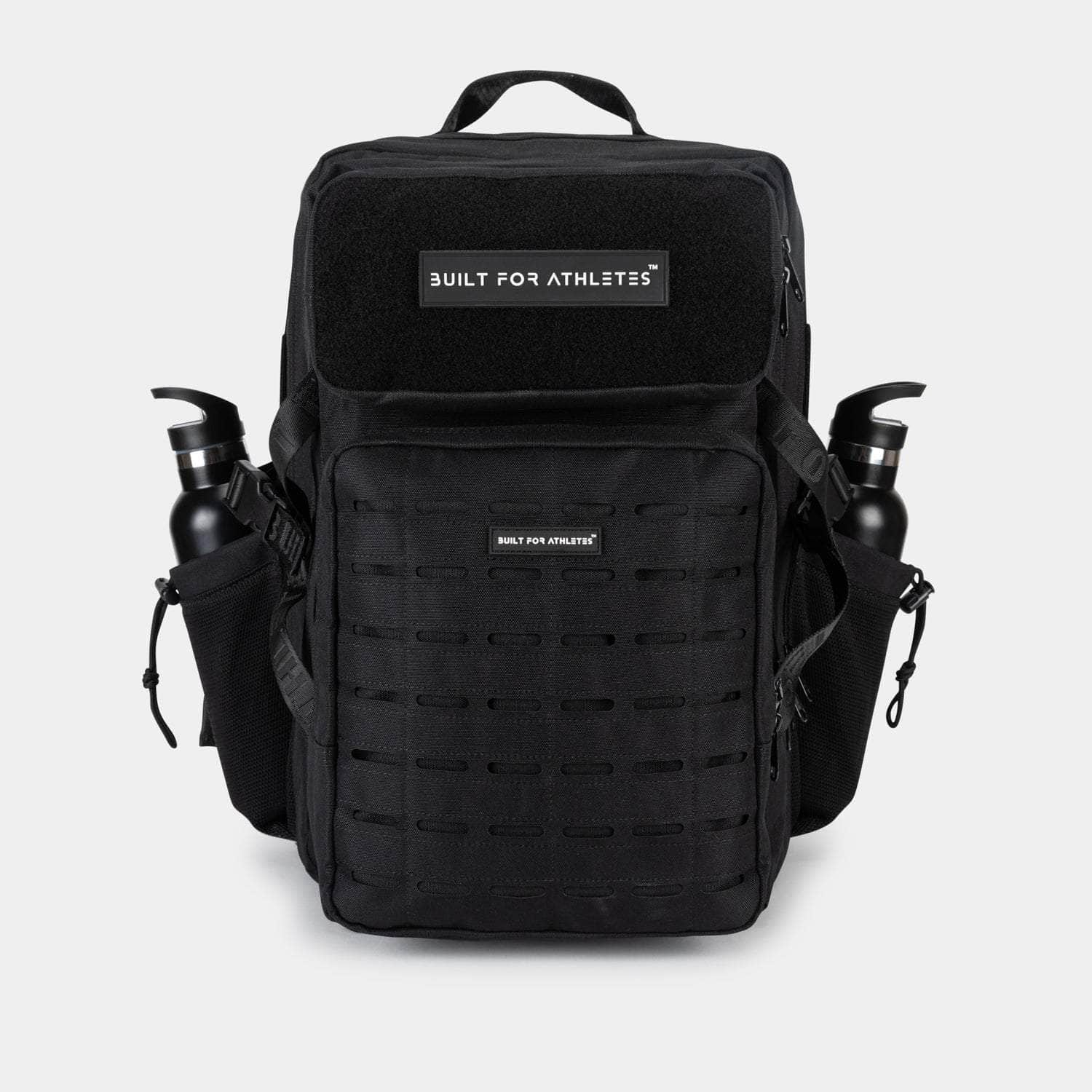
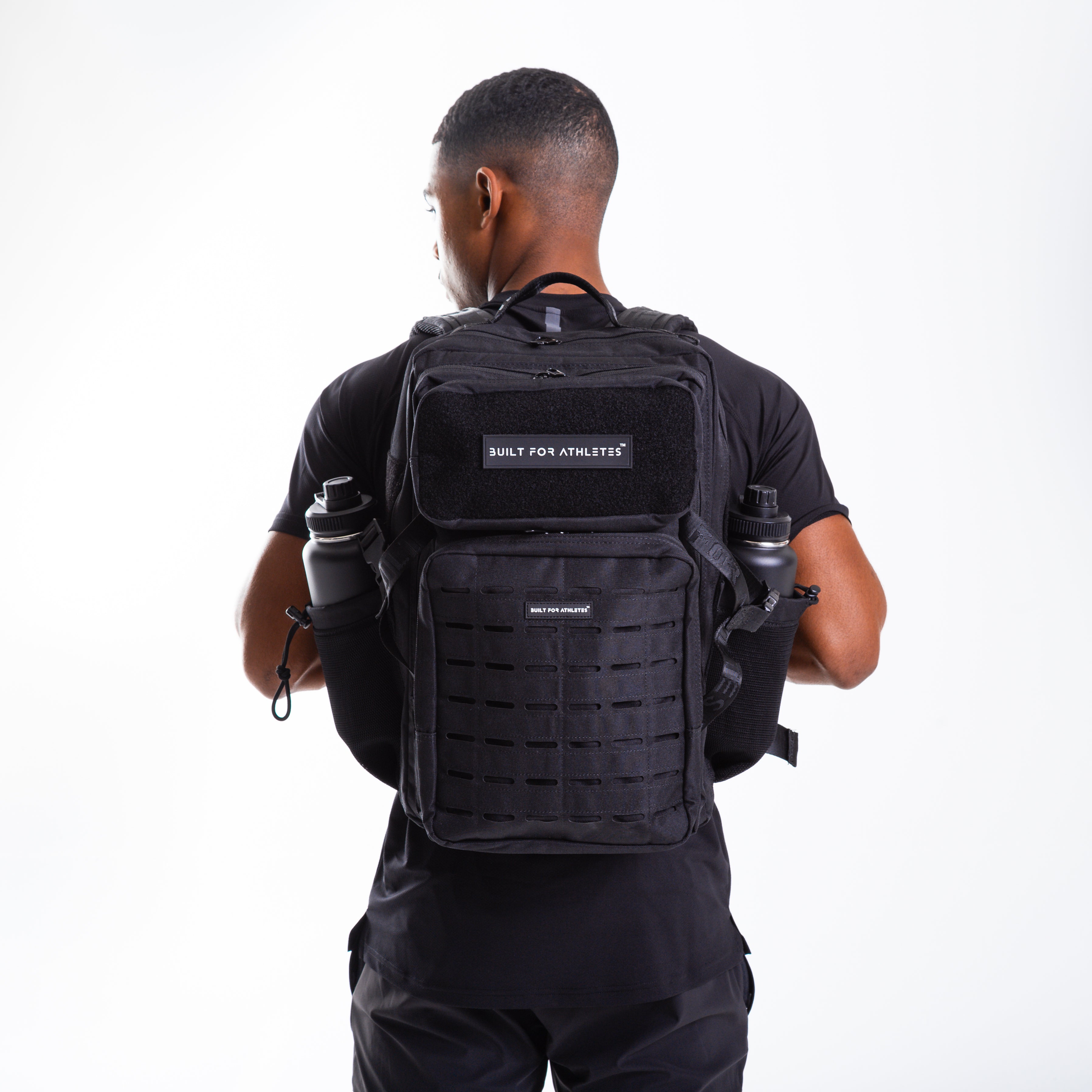
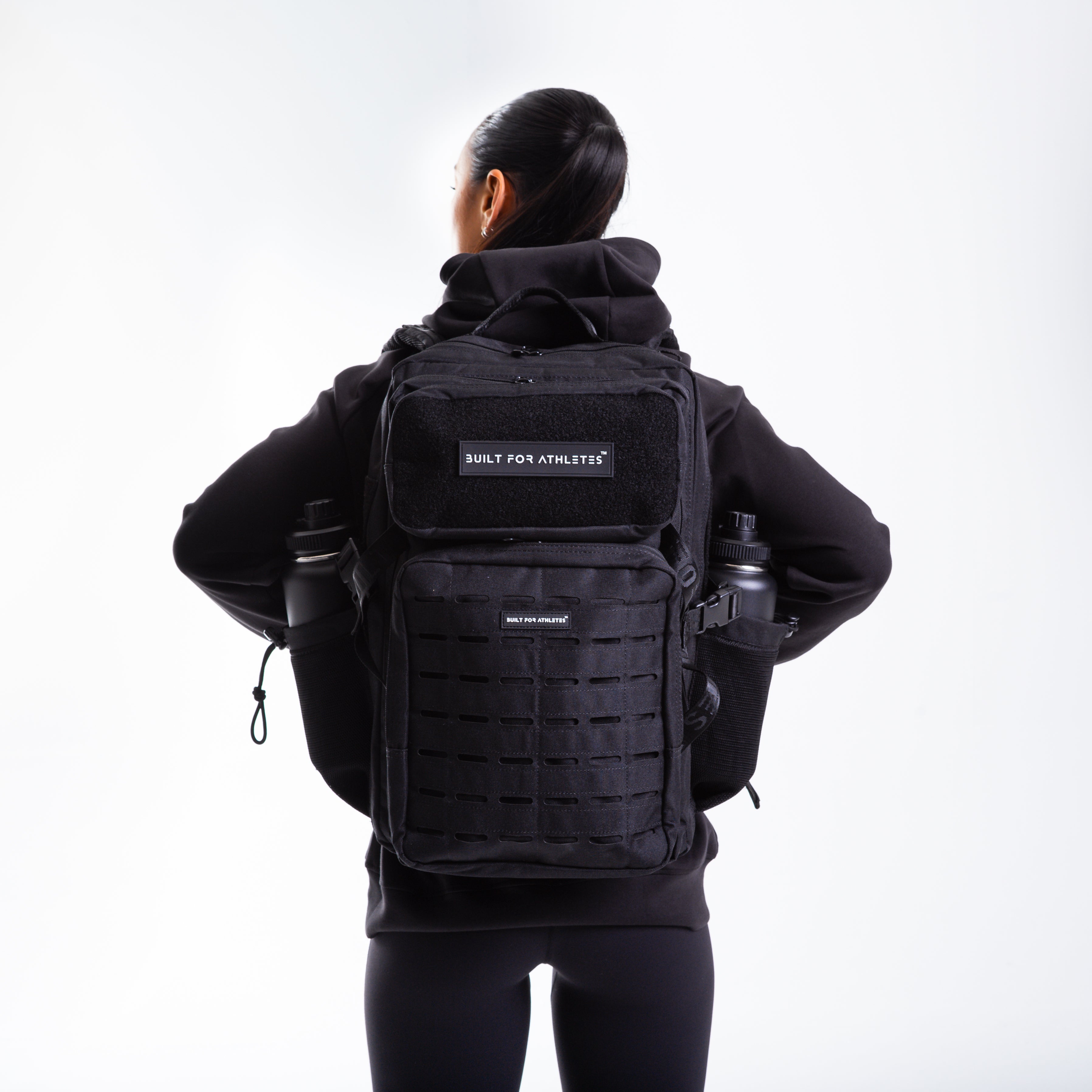
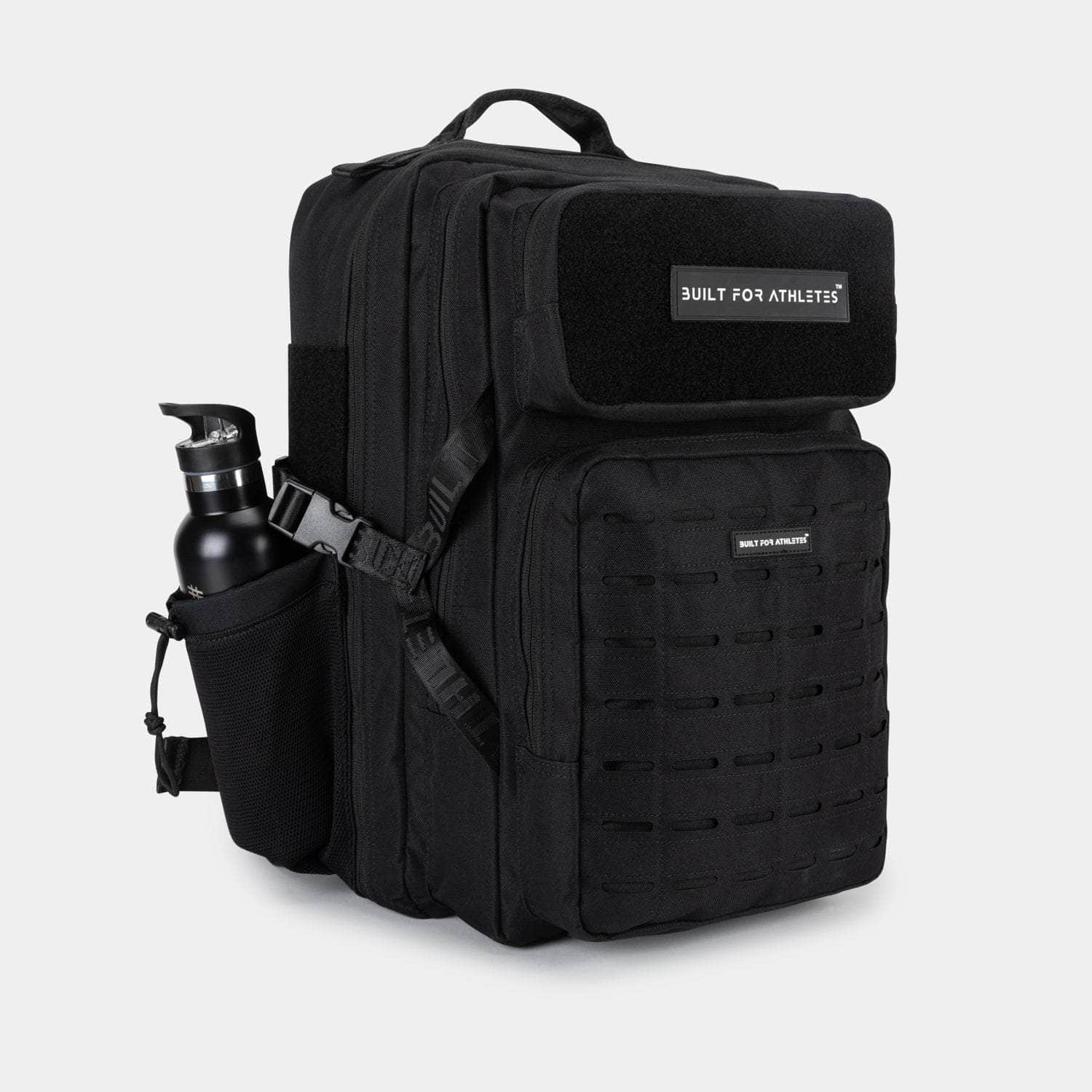





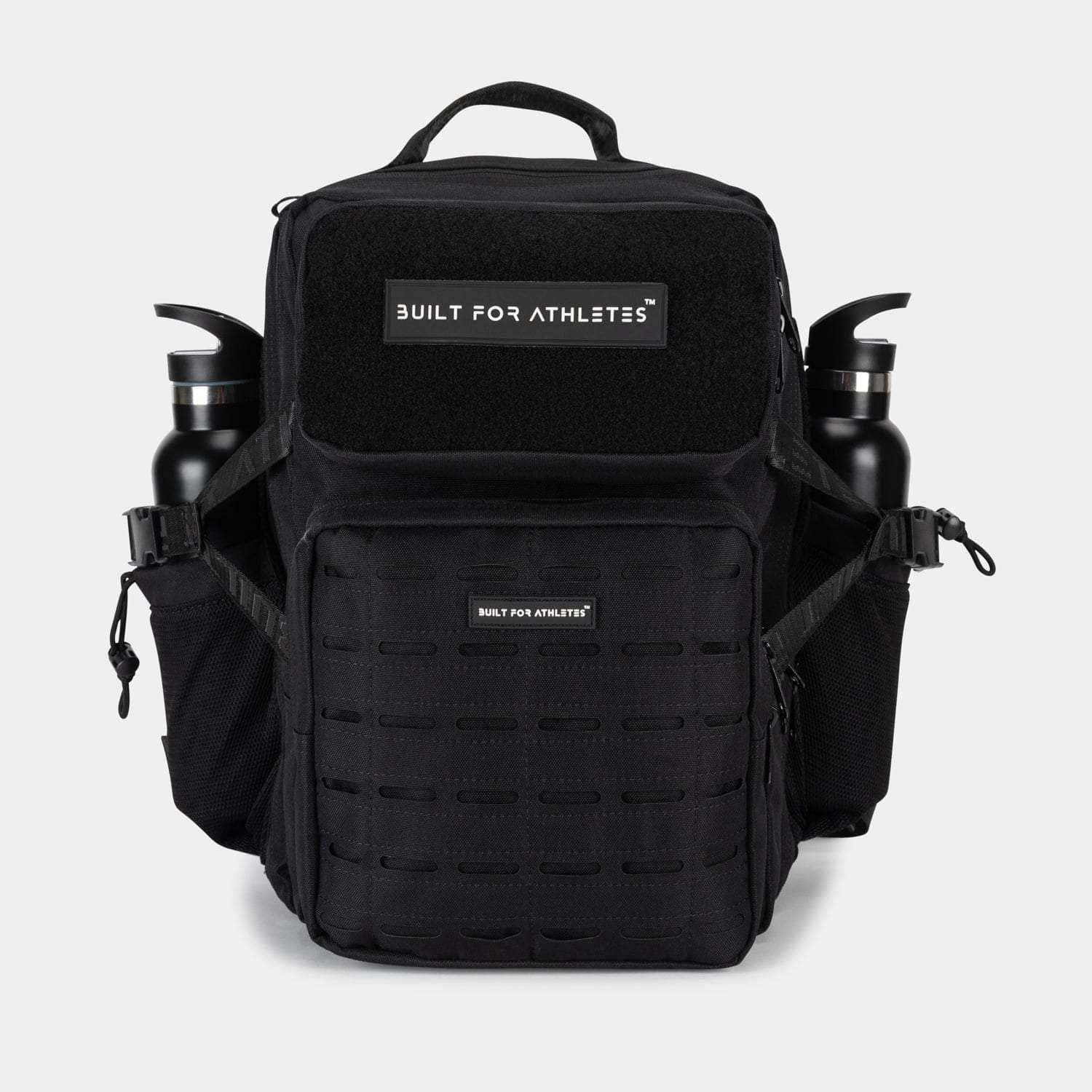
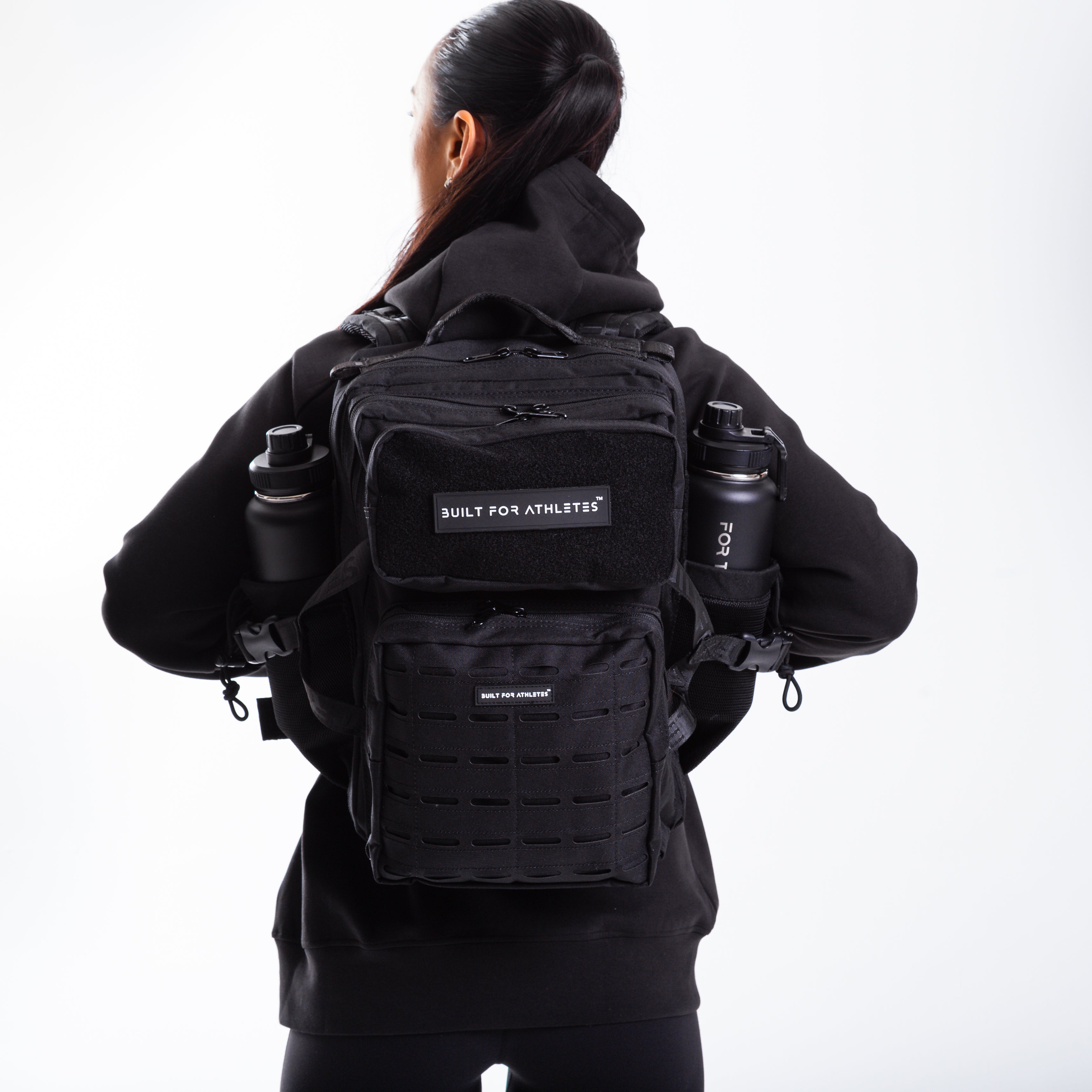

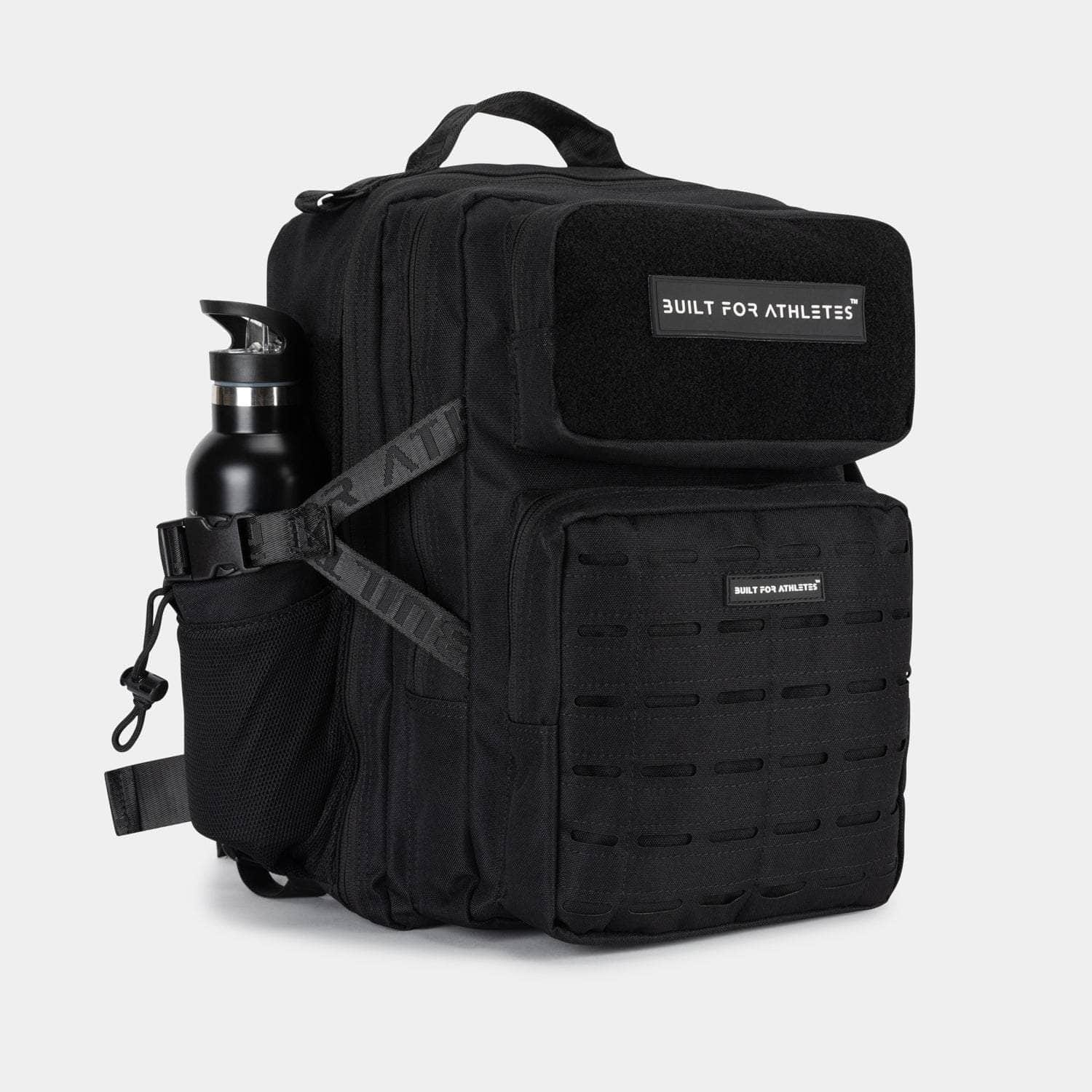



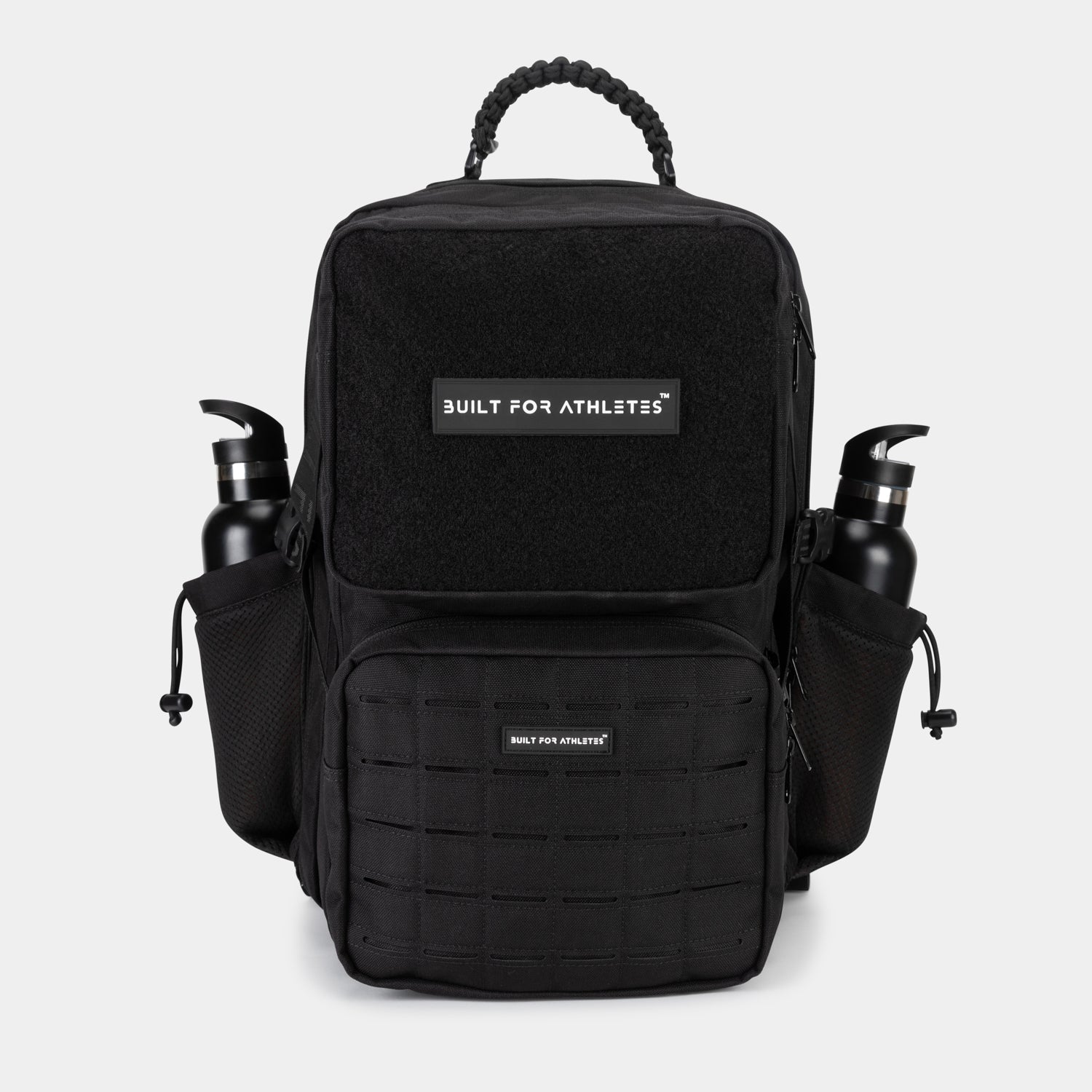
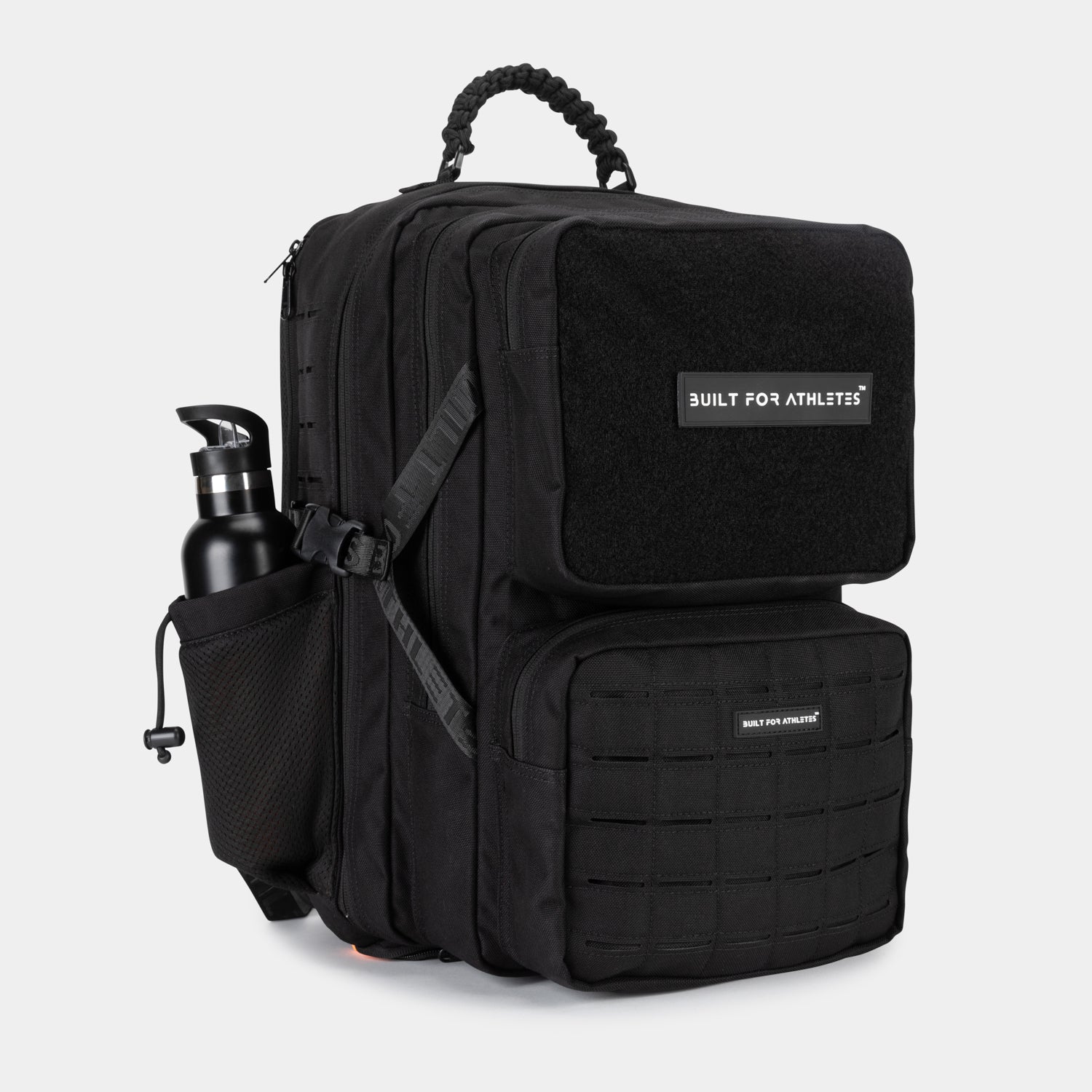
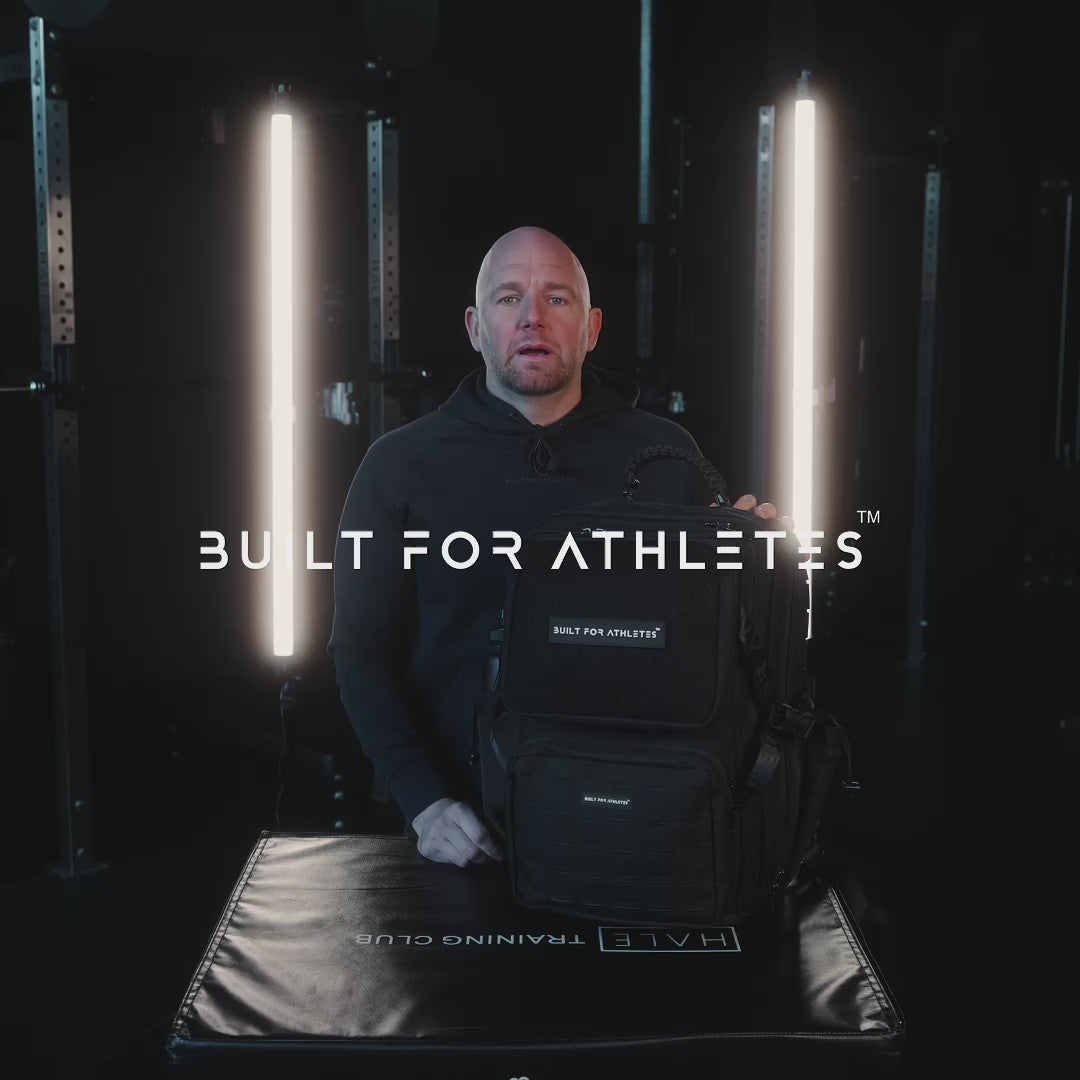
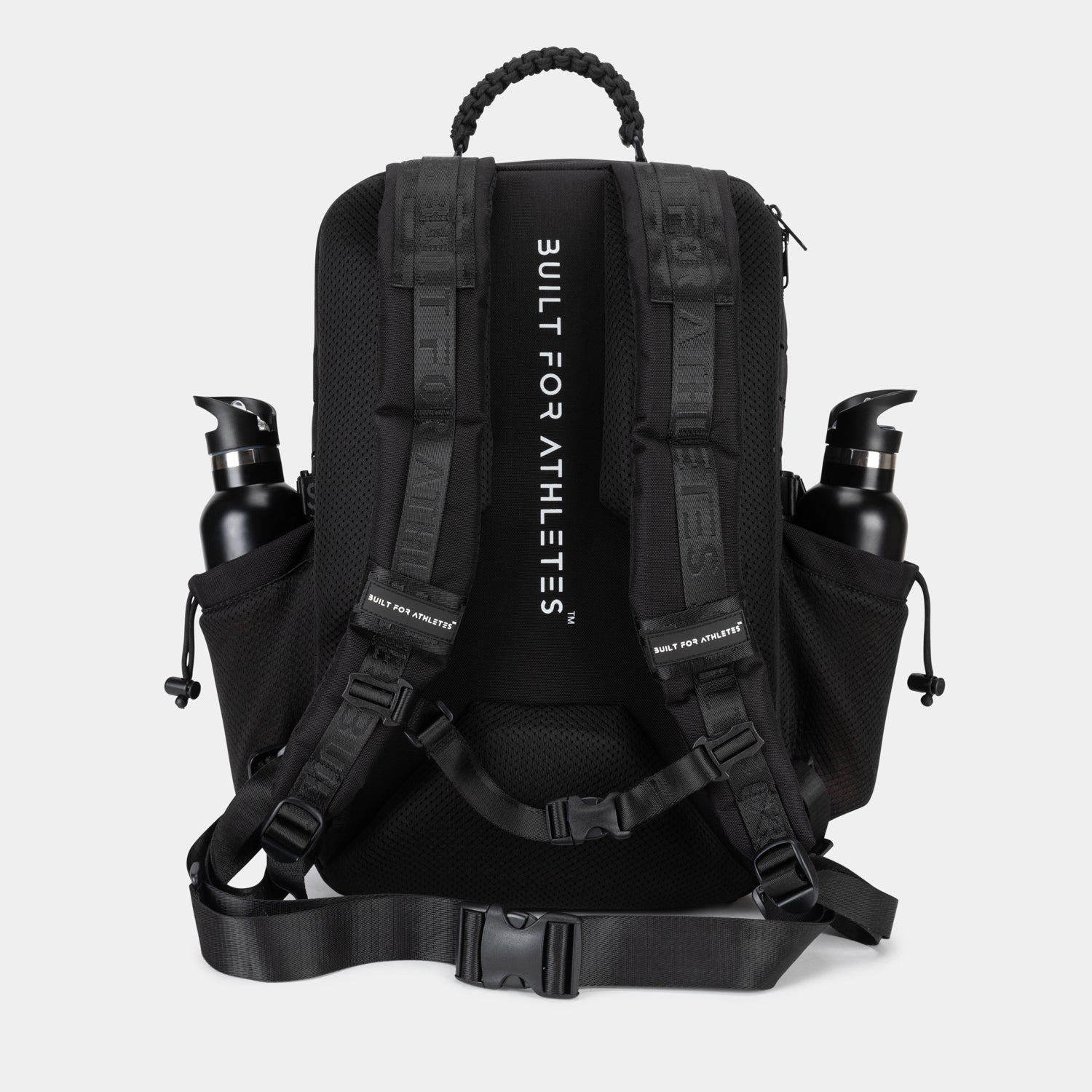








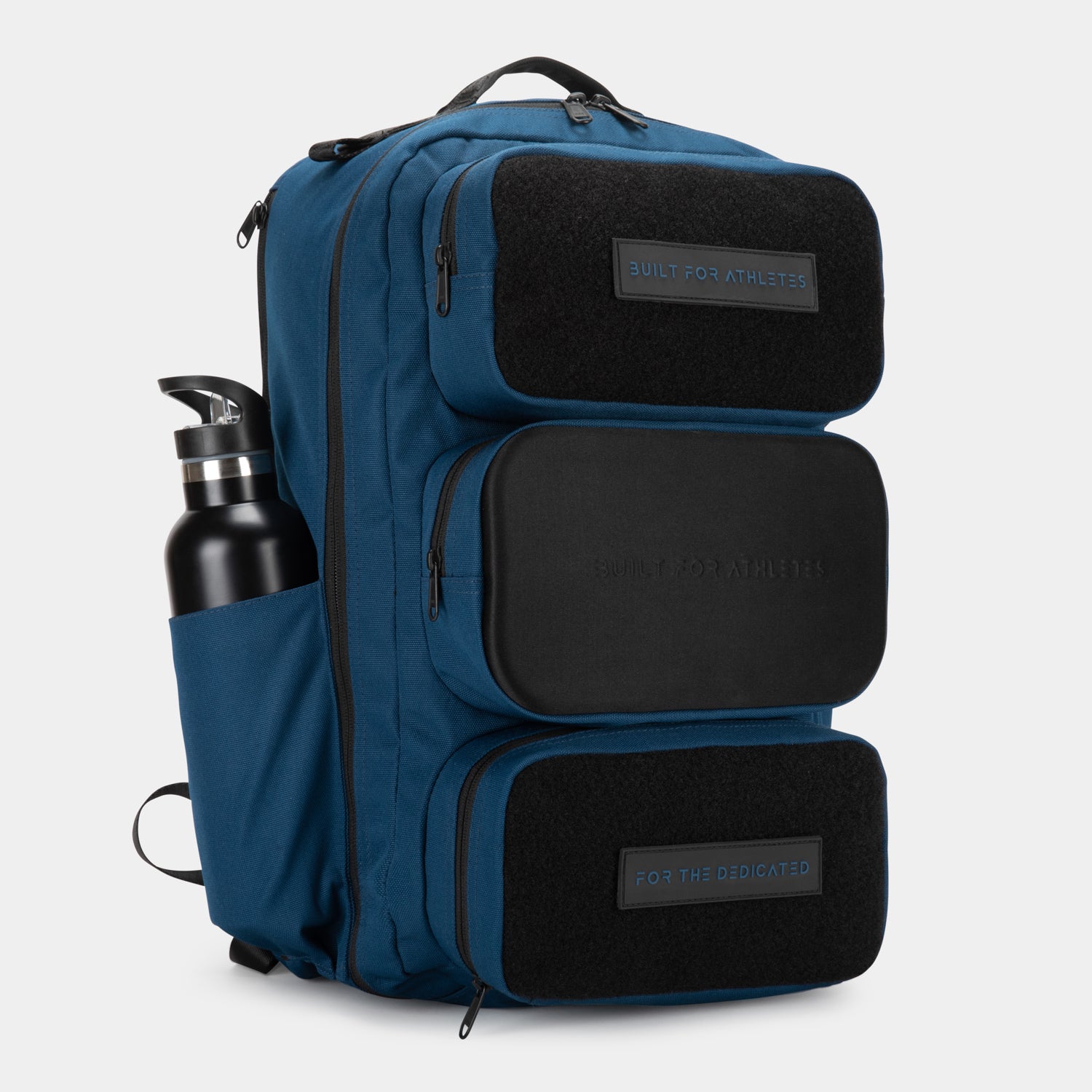
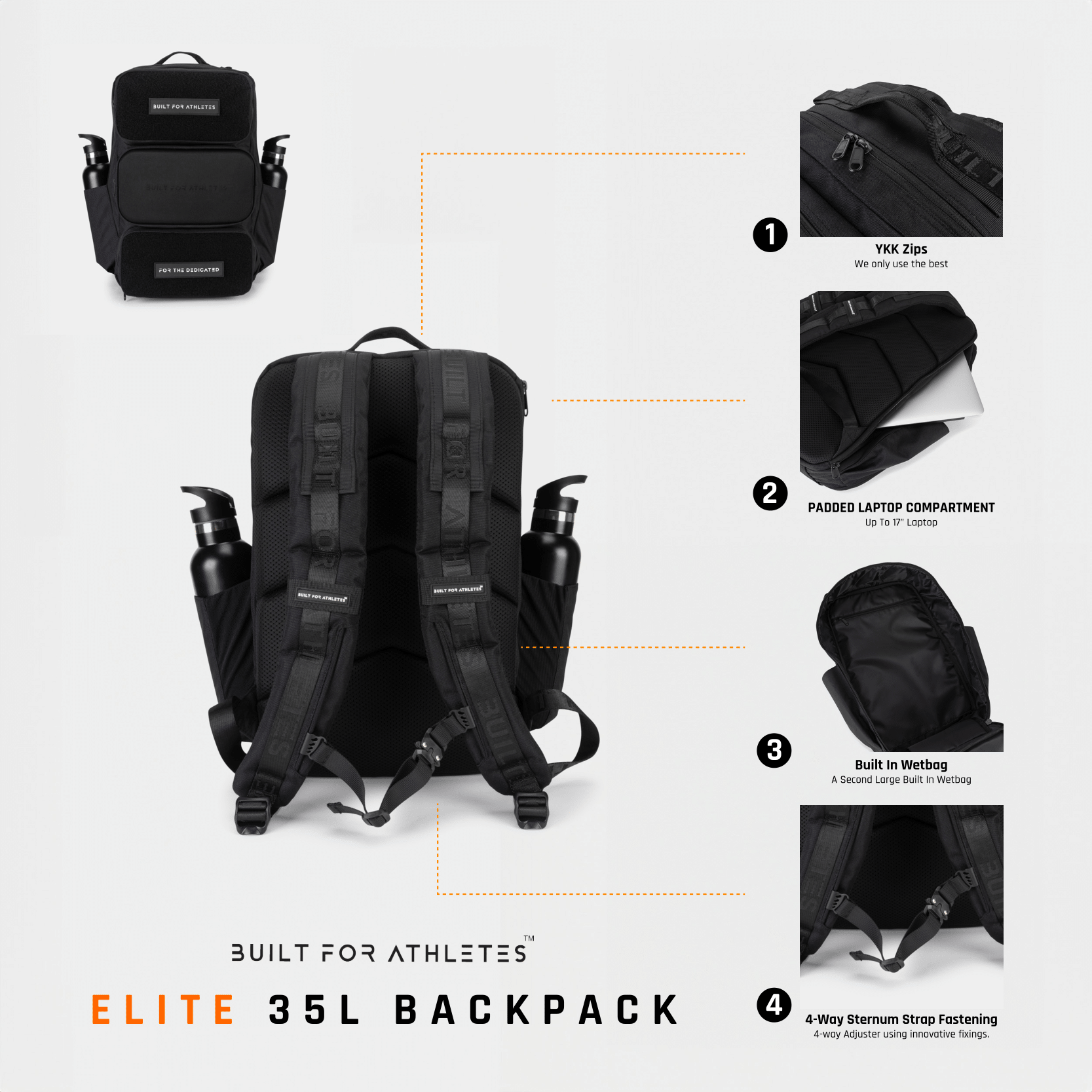
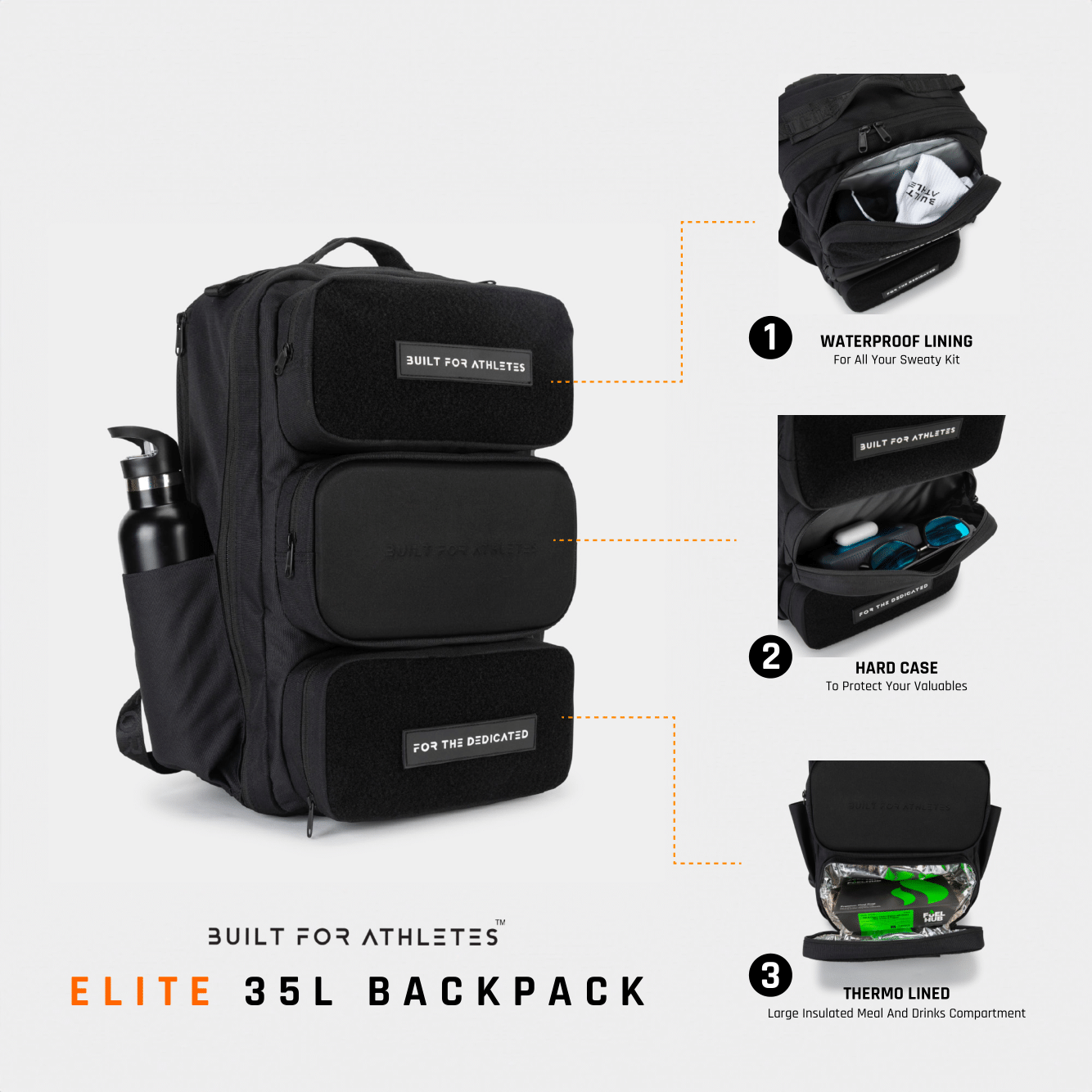




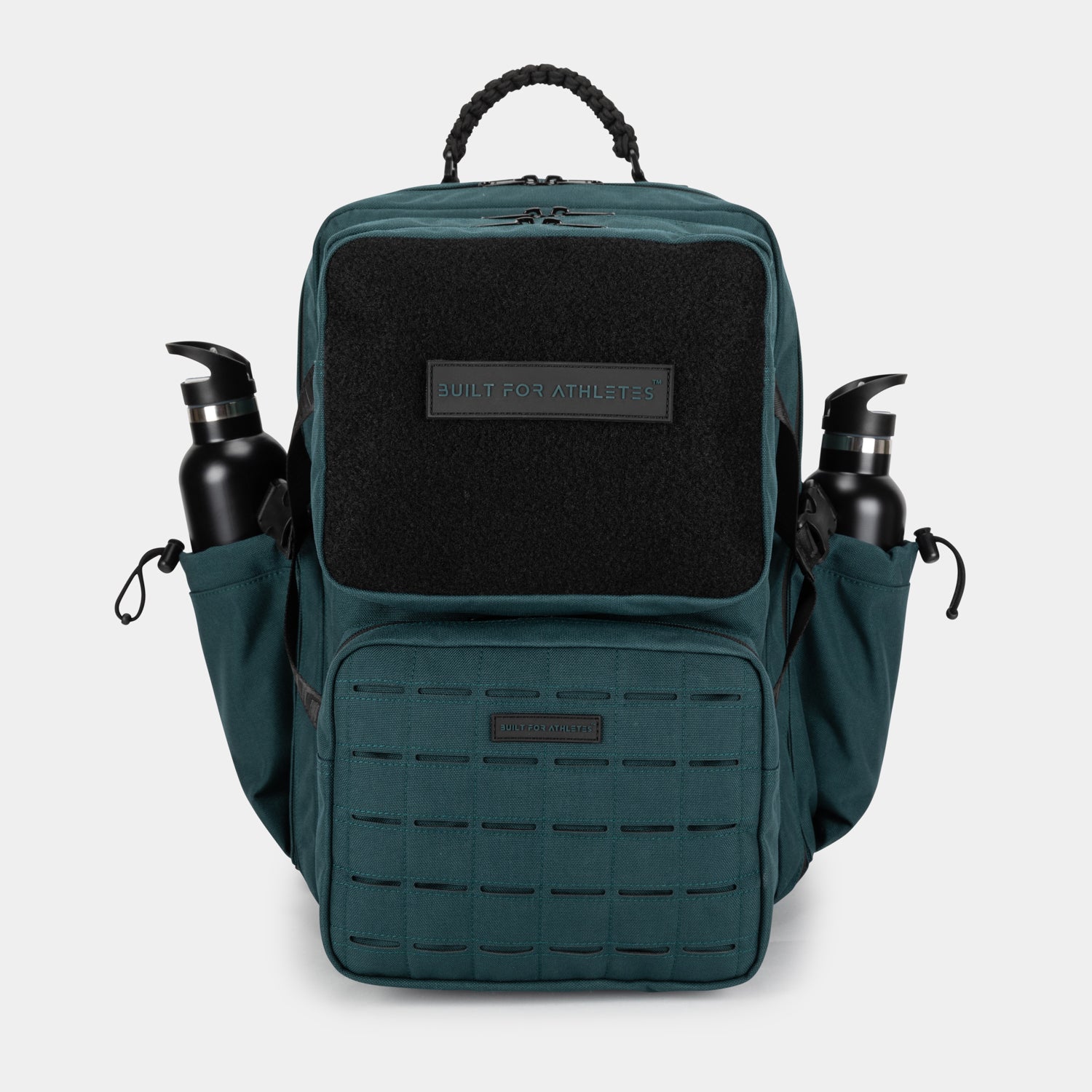
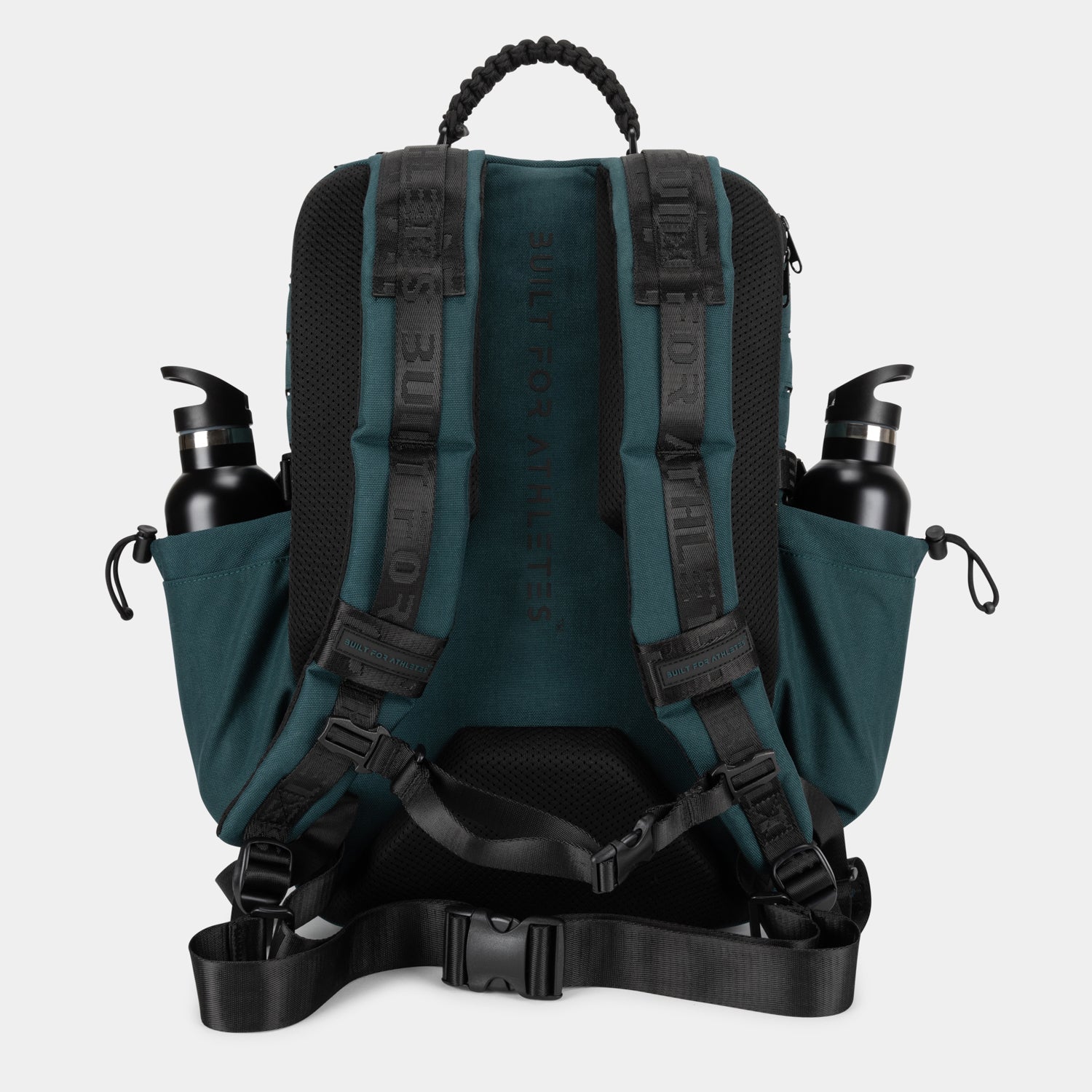
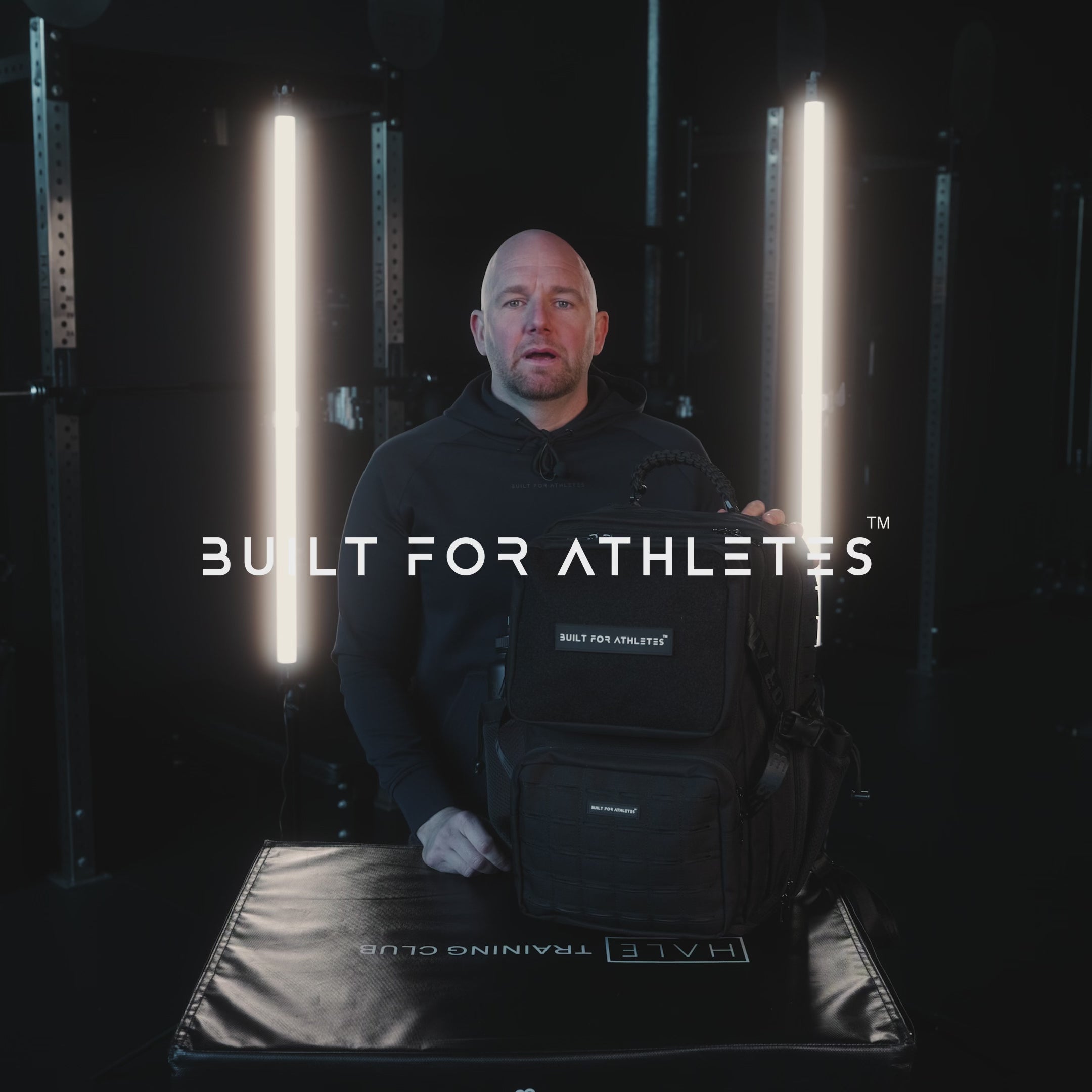
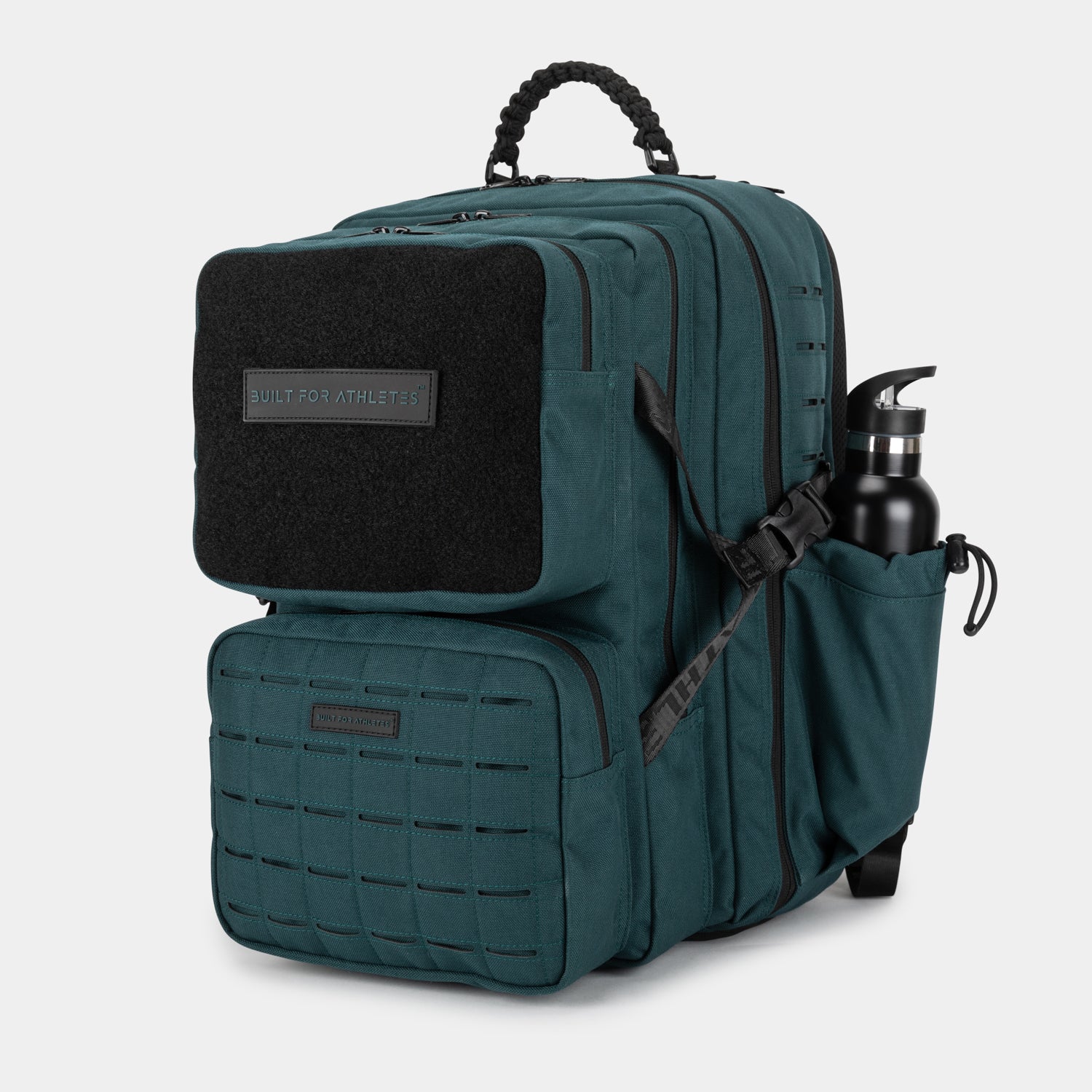
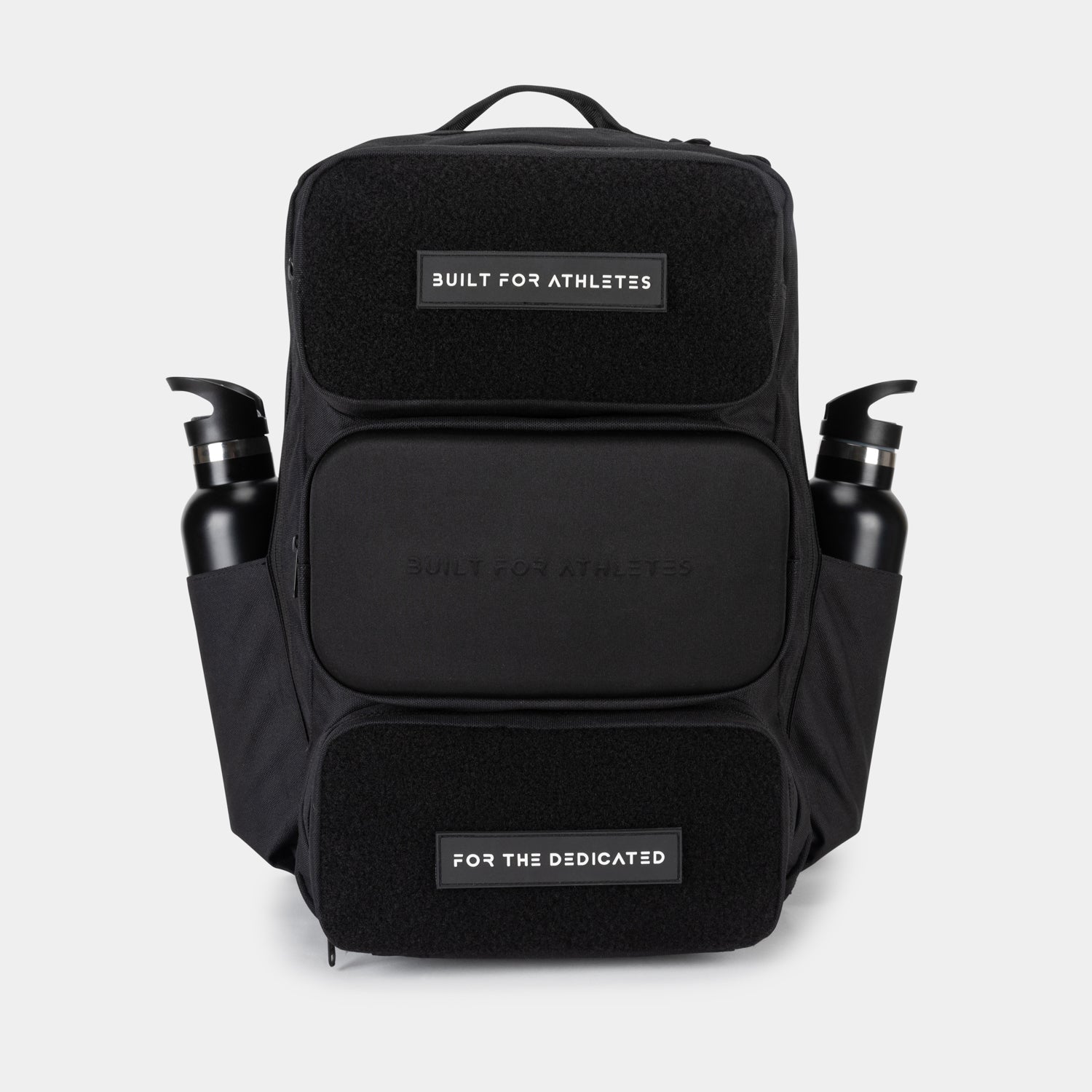

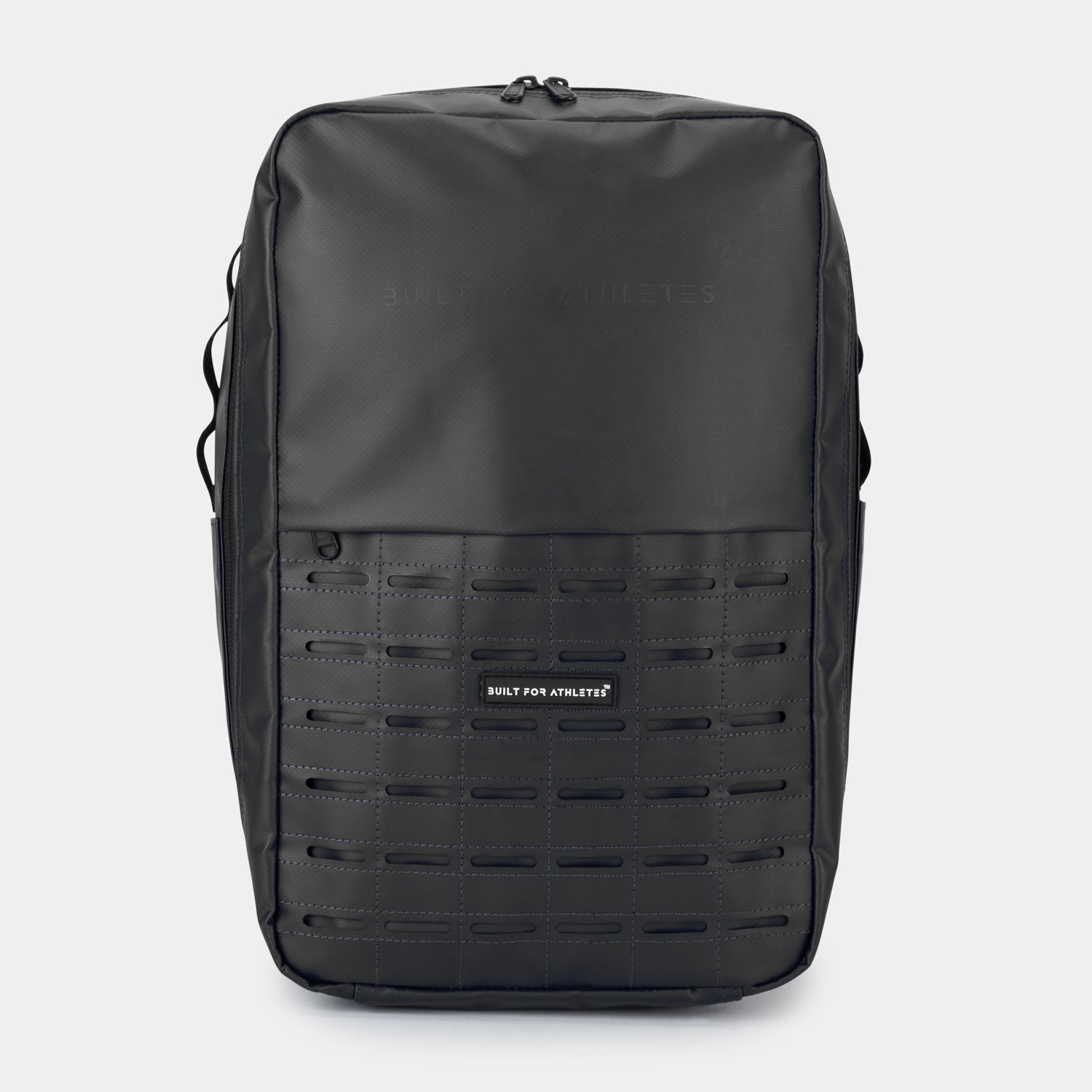
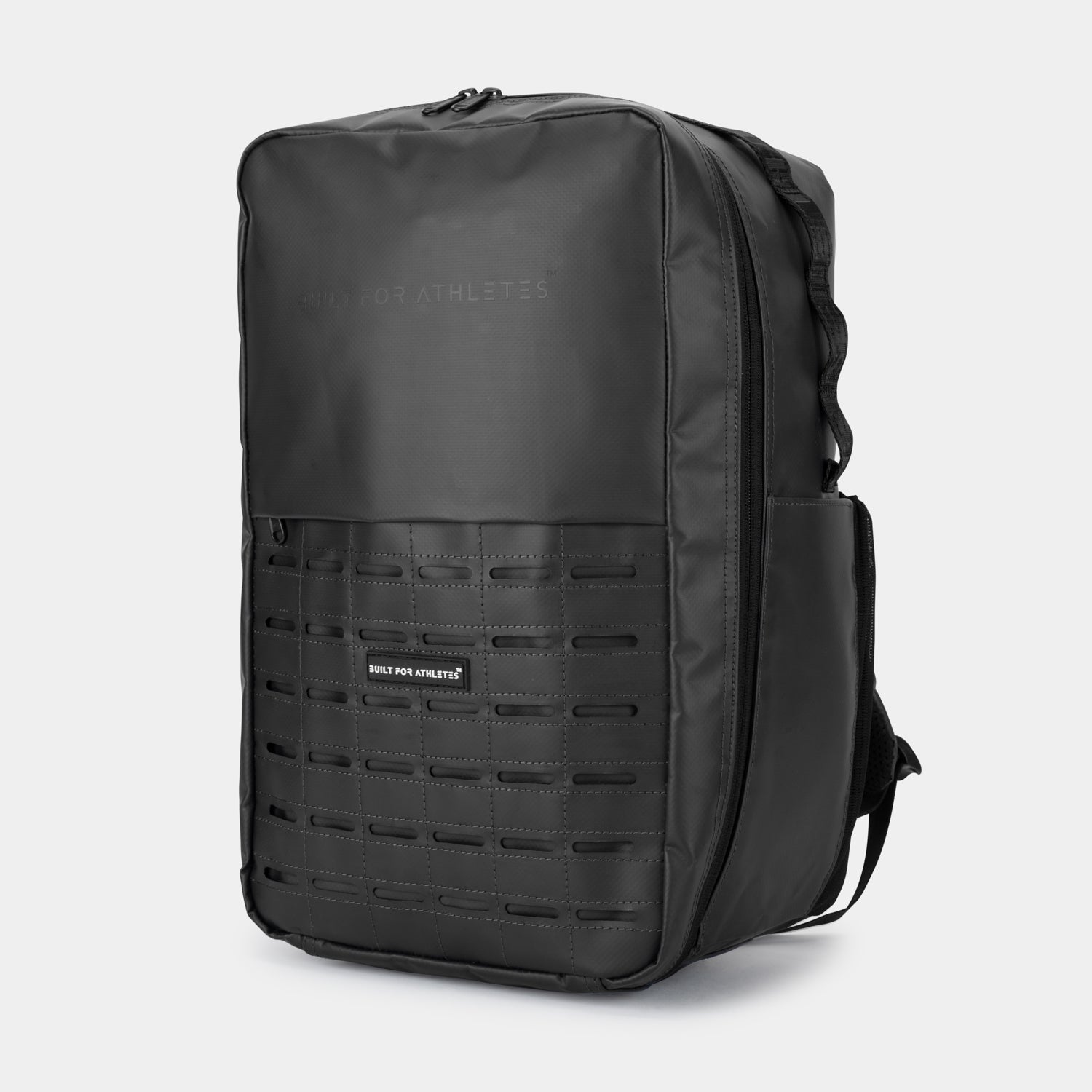
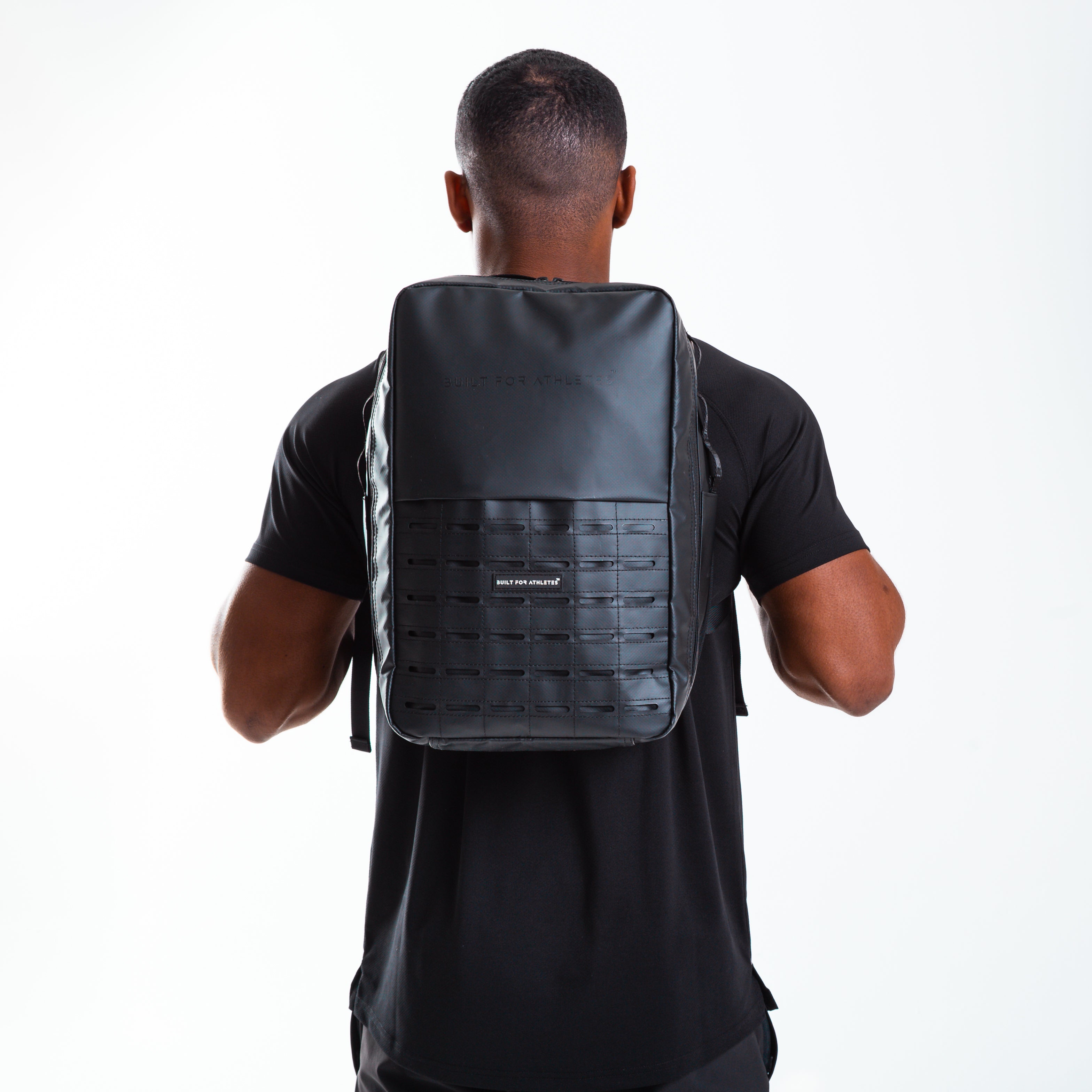
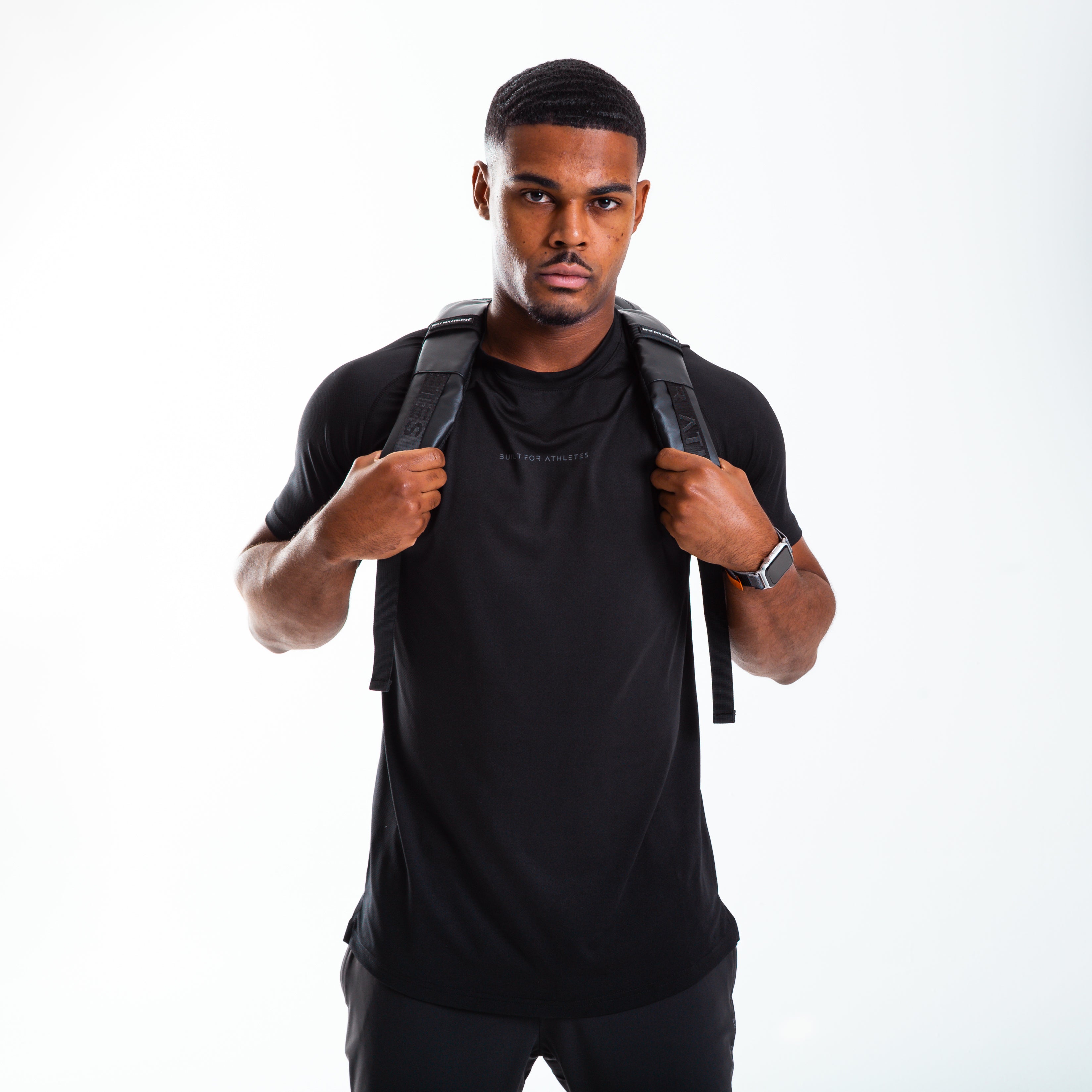


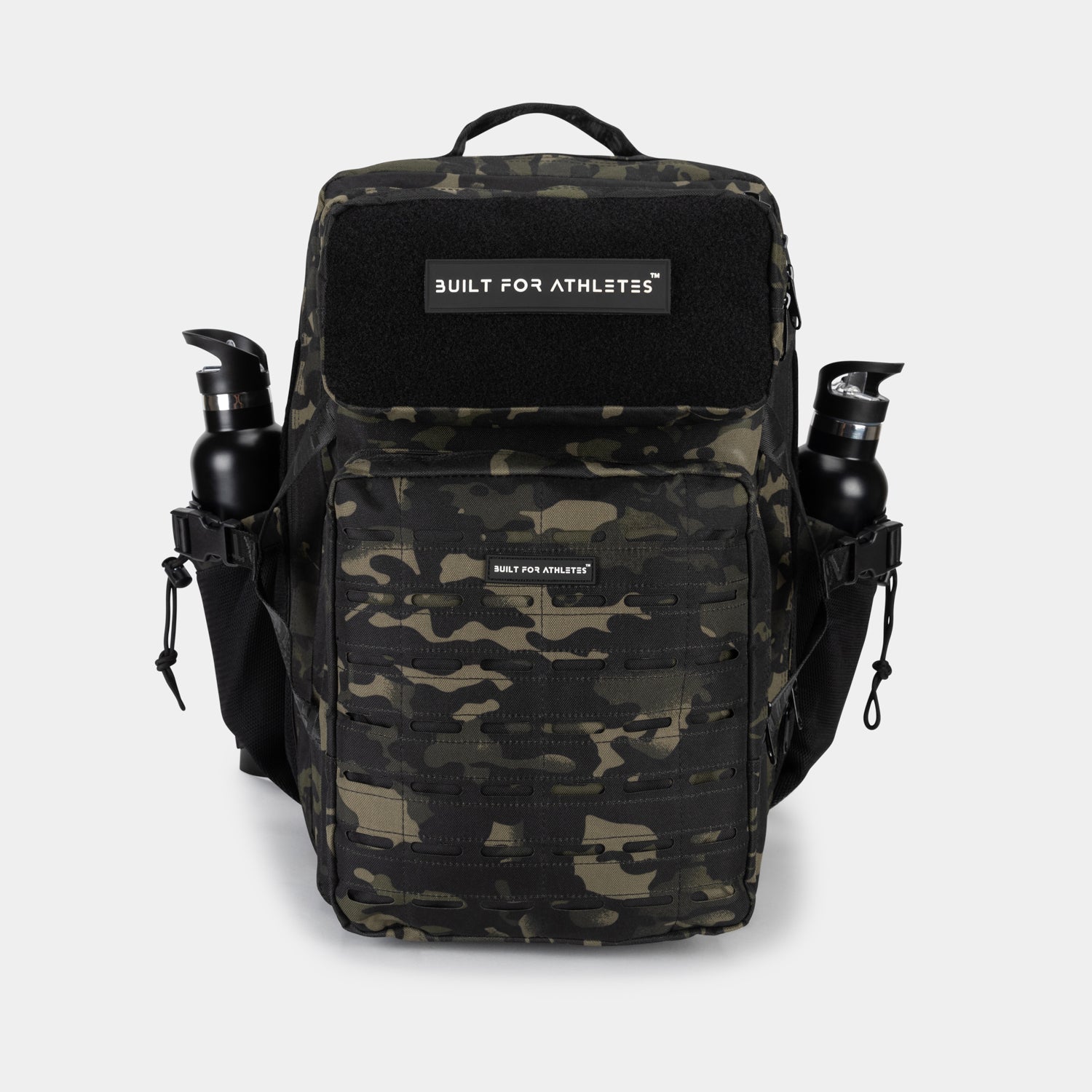
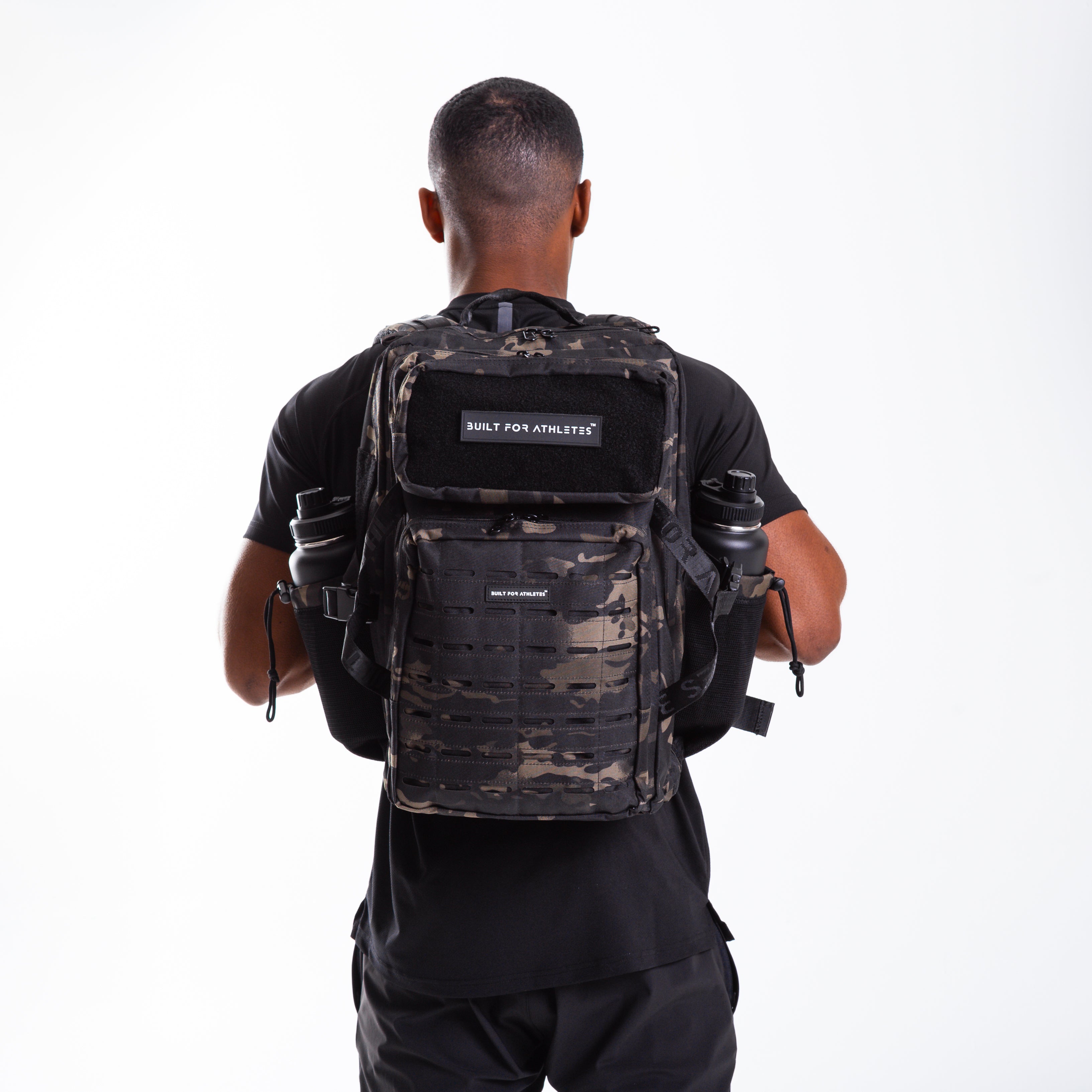
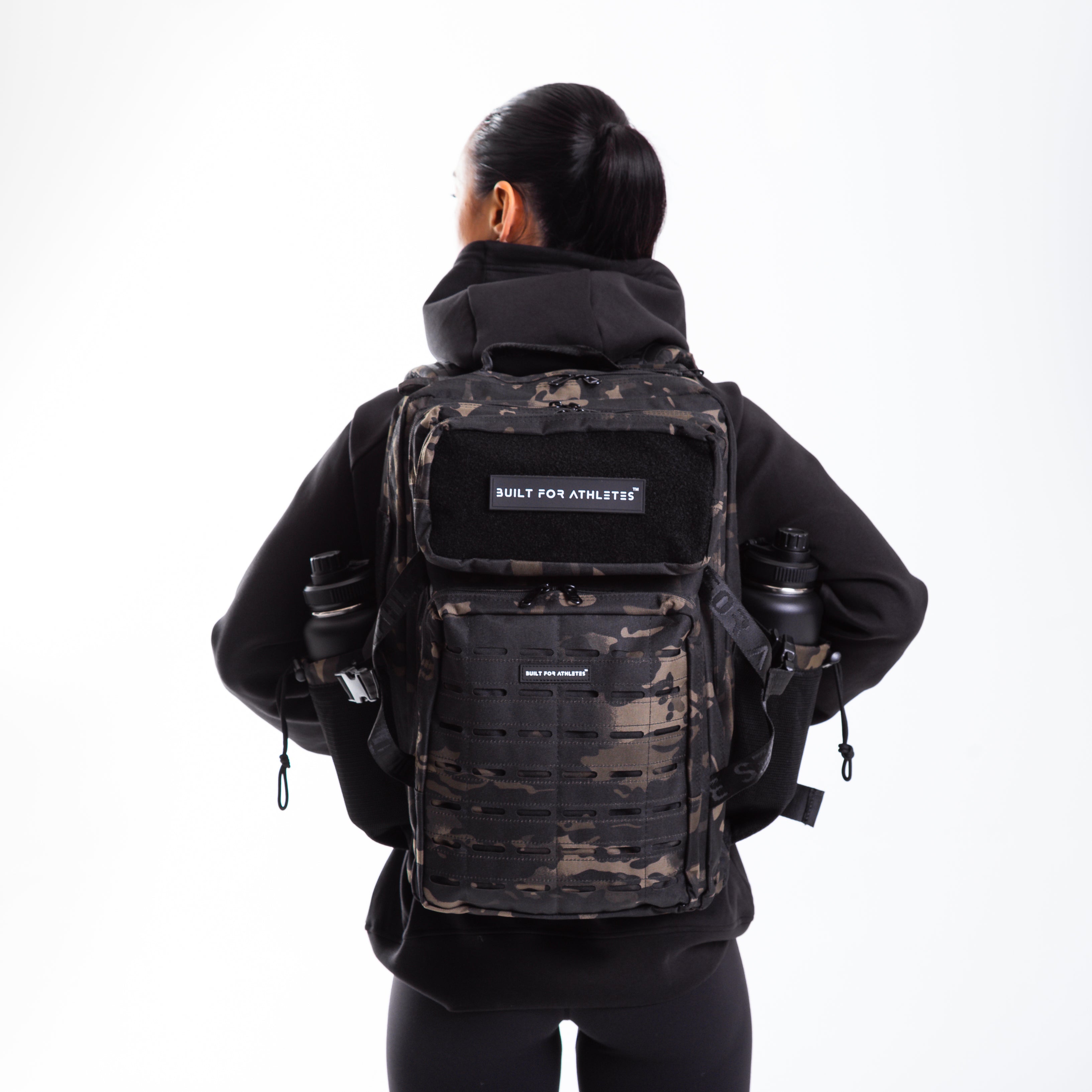
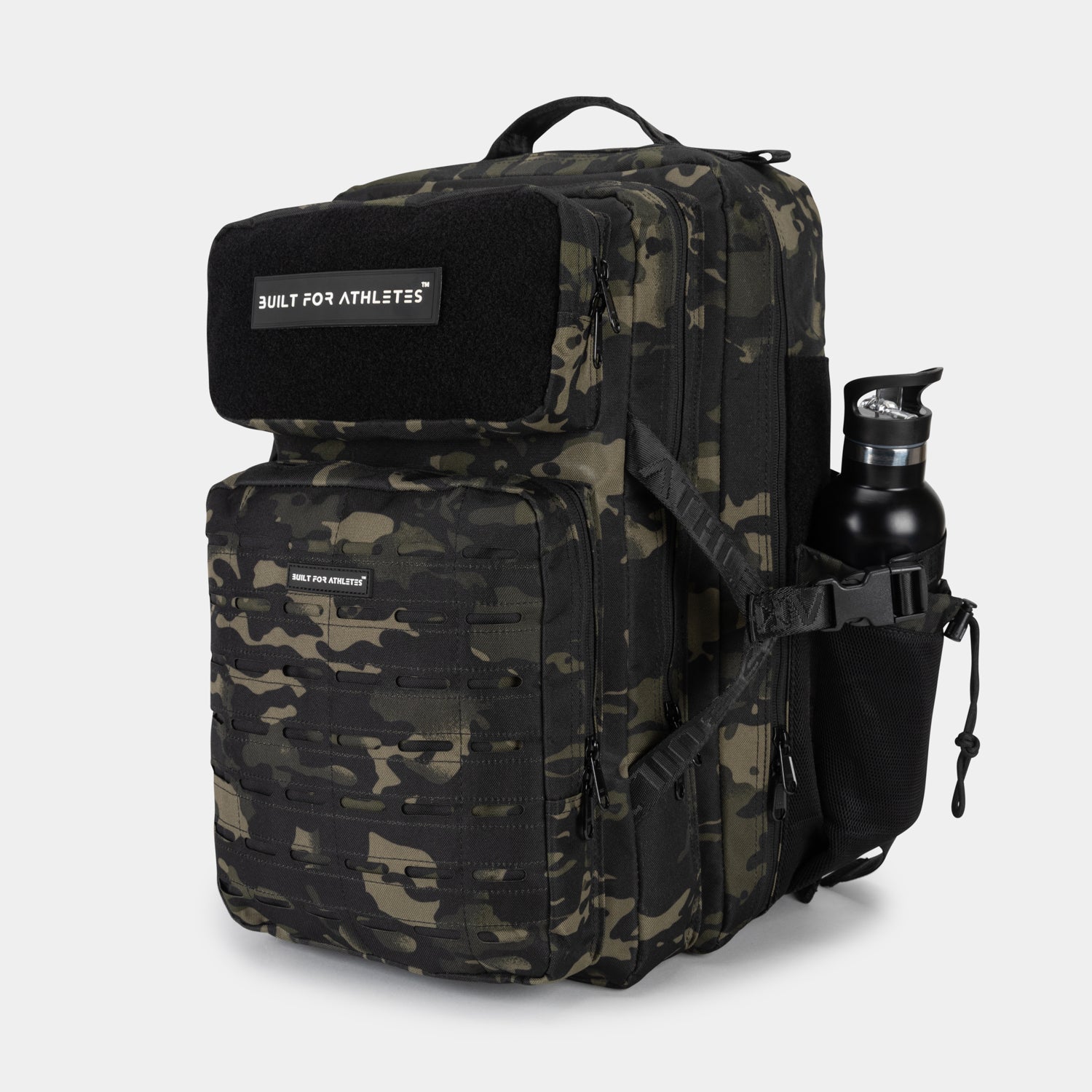


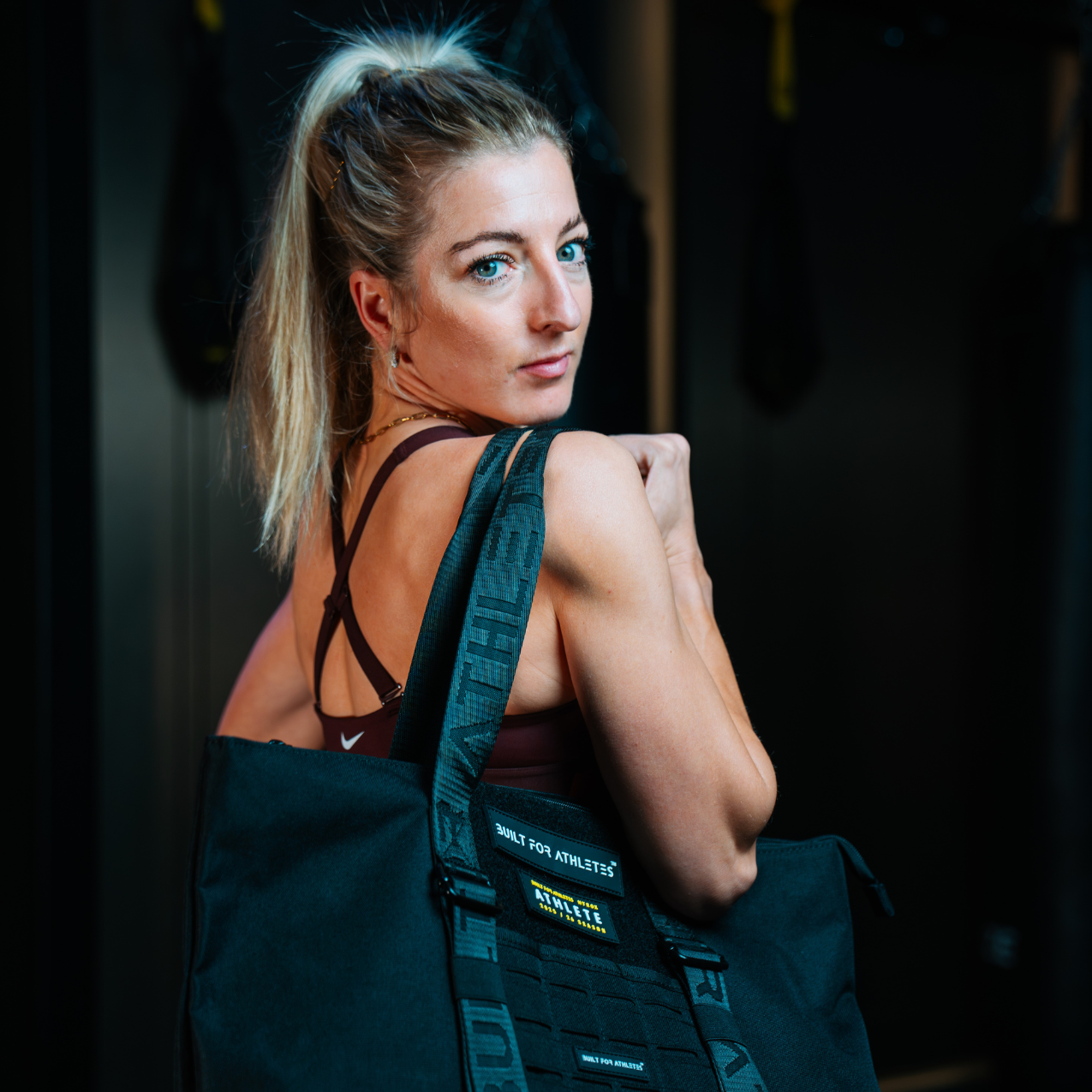
Share:
#WOTW: JK Series
#WOTW: Jonny Pain Series